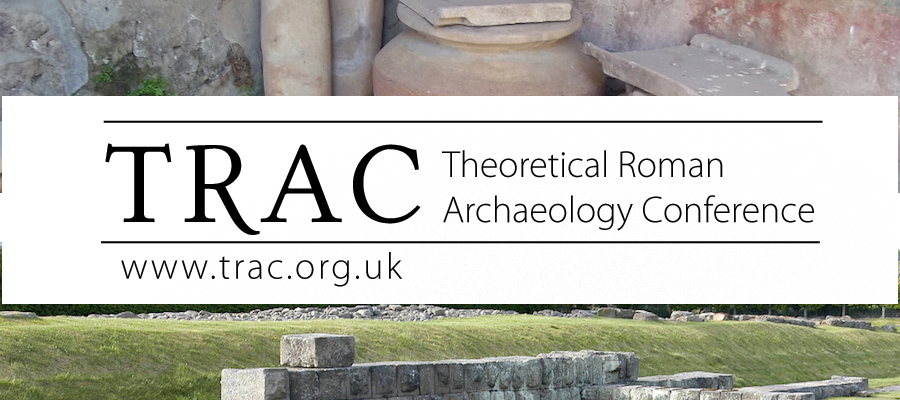A Globalised Visual Culture? Towards a Geography of Late Antique Art, session 2 at the 27th Annual Theoretical Roman Archaeology Conference (TRAC), Durham University, March 28– 31, 2017
Late Antique artefacts, and the images they carry, attest to a highly connected visual culture from ca. 300 to 800 C.E. On the one hand, the same decorative motifs and iconographies are found across various genres of visual and material culture, irrespective of social and economic differences among their users – for instance in mosaics, architectural decoration, and luxury arts (silver plate, textiles, ivories), as well as in objects of everyday use such as tableware, lamps, and pilgrim vessels. On the other hand, they are also spread in geographically distant regions. Decorative motifs of Roman (and later Byzantine) origin appear, mingled with local elements, far beyond the traditional borders of the classical world – in the Germanic West, Himyarite South Arabia, Sasanian Iran, and the Umayyad Empire. At the same time, foreign motifs, especially of Germanic and Sasanian origin, are attested in Roman territories. This combination of iconographies pertaining to different traditions in various cultural contexts created a veritable koiné of images, which was characteristic of the Late Roman and post-Roman world.
This panel wishes to investigate the reasons behind this appropriation of images in different cultural contexts across the Late Antique world. In a period characterised by increasing political fragmentation, acculturation to a dominating Roman/Byzantine Empire and enhanced connectivity cannot be the only explanations for this visual koiné. Why were these images attractive to patrons of so different geographical and cultural origins, and how were they transferred from one area into another? The aim of the panel is to seek new approaches to these questions and to develop a theoretical framework for further analysis. The contributors are encouraged to critically reflect on the adequacy of the proposed models, such as connectivity or transfer studies, in addressing the phenomenon of Late Antique visual koiné. Suggested topics include – but are not limited to – new theoretical approaches to the problem of a globalised Late Antique visual and material culture; possible modes of transfer – both within the Roman/Byzantine Empire and in cross-cultural perspective – that facilitated the geographical dissemination of iconographic motifs; case studies of certain groups of artefacts or iconographies attested in different regions and their archaeological contexts; case studies of certain geographical areas in regard to the overall topic of the highly connected visual culture of Late Antiquity.
Organizers
Fabio Guidetti, Humboldt-Universität zu Berlin, Exzellenzcluster Topoi
Katharina Meinecke, Universität Wien, Institut für Klassische Archäologie
